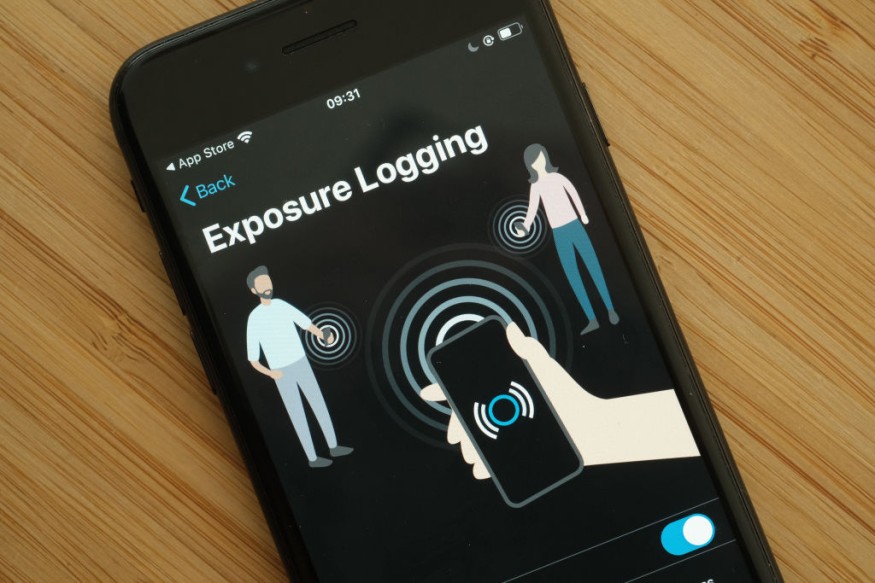Why Did Contact Tracing Fail in the US? CDC Cites the Reason

The Centers for Disease Control and Prevention has been the first to provide local officials guidance on how to open up safely.
CDC was also responsible for any other guidance issued during the duration of the pandemic.
However, the agency admitted that contact tracing systems in the U.S. had been proven ineffective in furnishing the agency with enough data on how to curb the virus.
The number of people who needed tracking had become unmanageable, according to CDC.
"Most jurisdictions have been forced to abandon monitoring because the number of monitorees exceeds the capacity. As a result, critical data for CDC to inform and guide public health response to Covid-19 is unavailable," CDC was quoted in a report.
States Struggling with Contact Tracing
Some states are struggling to do a contract tracing particularly states with the most populated region like Arizona.
The coronavirus disease cases in Arizona has reached 209,000 with a total of 5,346 deaths.
Contact tracers have been unable to reach a fraction of those infected.
The same story goes on in Austin, Texas.
In North Carolina, the state's health service told the state lawmakers that its contact tracing program was hiring outside workers to keep up with the steady rise in cases.
Florida, where cases are also seeing a constant uptick in the past few months, have also given up on contact tracing.
Steve Adler, the mayor of Austin said that they are not doing contact tracing to the level or extent that it should be done.
"There are three main reasons. One is the sheer number of people, the second is the delay in getting test results back, the third is the wide community spread of the disease," Adler was quoted.
The goal of contact tracing for COVID-19 is to reach people who have spent more than 15 minutes within six feet of an infected person.
This would then be followed by asking the person to voluntarily quarantine at home for two weeks and monitor themselves of symptoms during that time.
Few places have reported systemic success.
Carolyn Cannuscio, an expert on the method and an associate professor of family medicine and community health at the University of Pennsylvania, said that she thinks it is easy to say that contact tracing is broken.
Cannuscio added that it is broken because so many parts of the prevention system are broken.
Contact tracing is so far behind. Many public health officials would rather allocate the money and personnel involved on other sources like increasing test sites, helping school, and educating the public.
Dr. David Lakey, the former state health commissioner of Texas who helped oversee the Ebola response in Dallas in 2014, said that contact tracing is the wrong tool for the wrong job at a wrong time.
Lakey said back when you have 10 cases in Texas, the process might be useful.
Howeverm he added that if you do not have rapid testing, it is going to be very difficult in a disease where 40 percent of people are asymptomatic.
"It is hard to see the benefit of it right now," Lakey was quoted in a report.
Check these out!
CDC to States: Be Ready for COVID-19 Vaccines by November 1
Coronavirus Vaccine Effort Led by WHO but US Won't Join
3 Tips for Keeping Kids Social Amid COVID-19 Pandemic
Subscribe to Latin Post!
Sign up for our free newsletter for the Latest coverage!

















